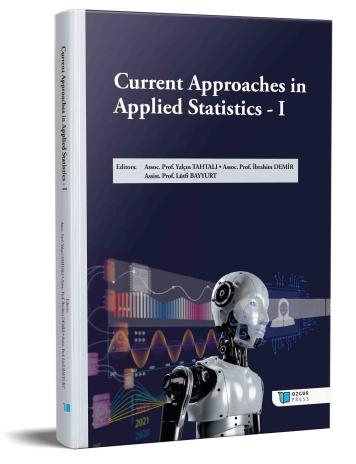
A Legal and Economic Assessment of the Alignment Between Regional Wage Levels and Living Income in Agriculture: The Case of Seasonal and Permanent Employment
Şu kitabın bölümü:
Tahtalı,
Y.
&
Demir,
İ.
&
Bayyurt,
L.
(eds.)
2025.
Current Approaches in Applied Statistics I.
Özet
In this study, the average regional wages paid to seasonal and permanent workers employed in the agricultural sector in Türkiye were examined, and the alignment of these wage levels with living income thresholds was evaluated. The analysis was based on the Turkish Statistical Institute's (TÜİK) data for the period 2010–2024 on "average daily wages paid to seasonal workers" and "average monthly wages paid to permanent workers." These indicators were compared with the hunger and poverty thresholds reported by Türk-İş, as well as the minimum wage data published by the Ministry of Labour and Social Security.
The findings reveal that seasonal workers in many regions are employed at wage levels even below the hunger threshold, while permanent workers also remain below the poverty line. Within this context, regional distributions were presented using basic statistical methods and graphical illustrations; ratio analyses were conducted, and trends in wage levels over time were examined.
Moreover, based on the data obtained, the legal status of seasonal and permanent workers was compared within the framework of labour law. Legal evaluations were carried out with reference to the relevant legislation (Labour Law No. 4857), Supreme Court case law, and key issues such as social security notification obligations, severance and notice pay entitlements, and annual leave rights. In particular, the lack of social security coverage and contractual insecurity faced by seasonal workers were analyzed through concrete examples.
In this study, statistics were not only used as a technical tool of analysis, but also as an explanatory instrument that enhances the socio-economic visibility of agricultural workers and quantitatively exposes social inequalities. In this respect, the research adopts an interdisciplinary approach that bridges statistics, law, and economics, offering an original contribution to the existing literature.

